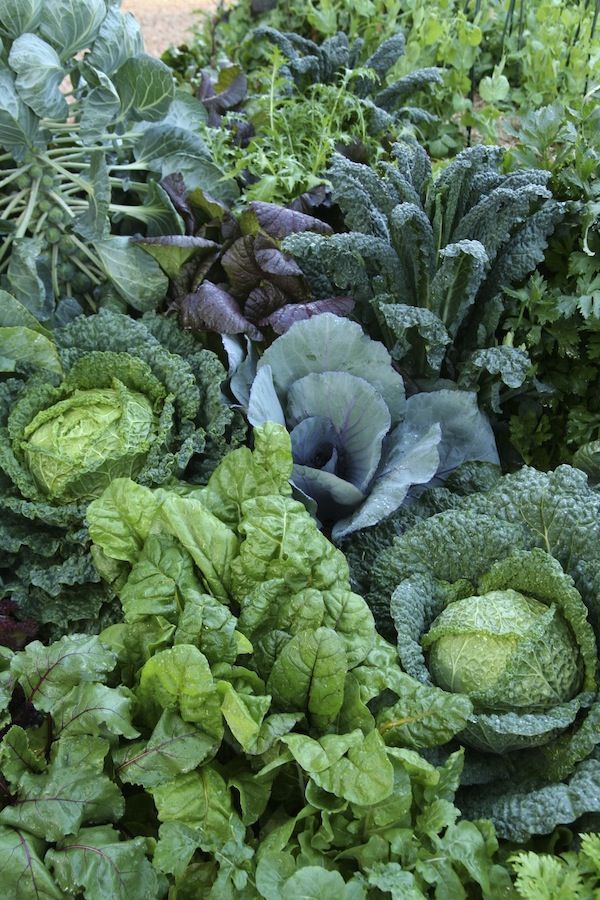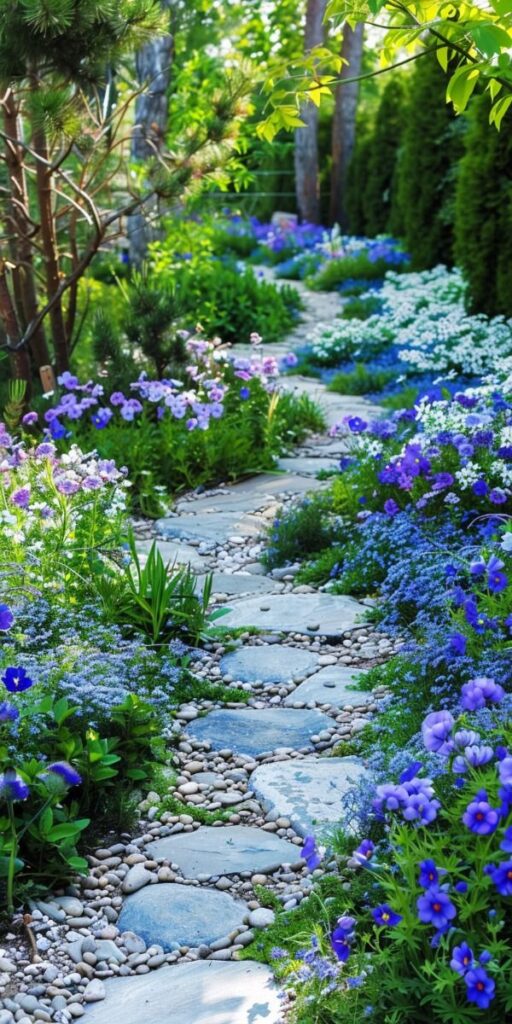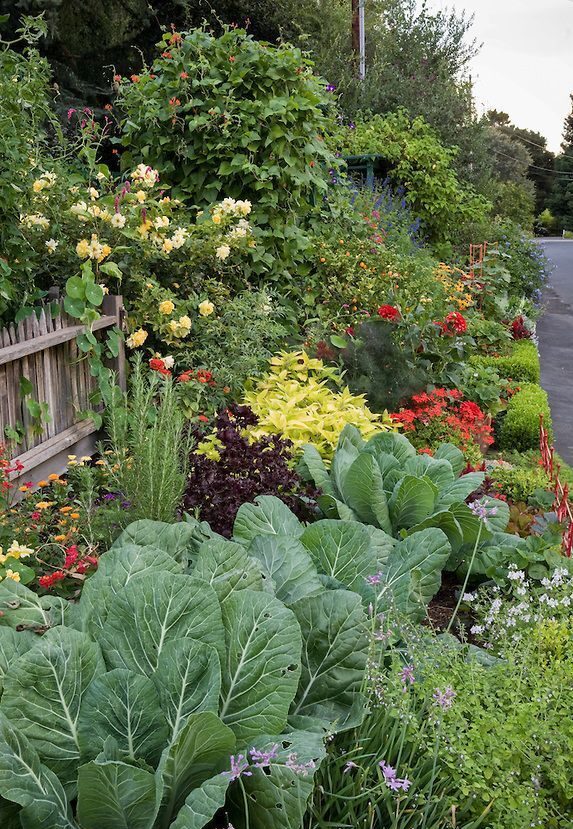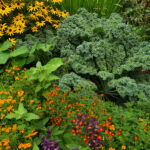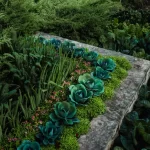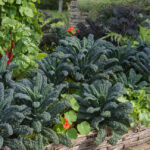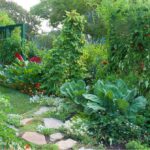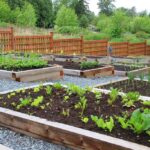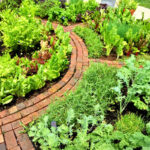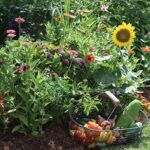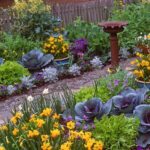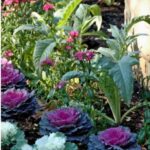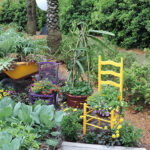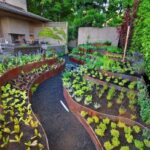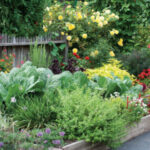Edible landscaping is a trend that is becoming increasingly popular among homeowners and gardeners who want to create beautiful and functional outdoor spaces. Instead of traditional landscaping with only ornamental plants, edible landscaping incorporates fruits, vegetables, herbs, and other edible plants into the design of the garden. This not only adds a unique and practical element to the landscape, but also allows homeowners to grow their own fresh produce right in their backyard.
One of the main benefits of edible landscaping is the ability to have a sustainable source of fresh, organic produce right at your fingertips. By planting a variety of fruits, vegetables, and herbs in your garden, you can enjoy the satisfaction of growing your own food and reduce your reliance on store-bought produce. This can also lead to cost savings over time, as growing your own fruits and vegetables can be much cheaper than buying them at the grocery store.
In addition to the practical benefits, edible landscaping can also enhance the beauty and aesthetics of your outdoor space. Many edible plants, such as strawberries, blueberries, and herbs, have attractive foliage and colorful fruits that can add visual interest to your garden. By incorporating edible plants into your landscaping design, you can create a lush and vibrant garden that is both visually appealing and functional.
Another advantage of edible landscaping is the opportunity to create a more sustainable and environmentally friendly garden. By growing your own fruits and vegetables, you can reduce your carbon footprint and reduce the amount of pesticides and chemicals that are used in commercial agriculture. In addition, edible landscaping can help to attract beneficial insects and pollinators to your garden, creating a healthier and more diverse ecosystem.
When planning an edible landscape, it is important to consider the specific growing conditions and needs of the plants you are choosing. Make sure to select plants that are well-suited to your climate and soil conditions, and provide them with the appropriate amount of sunlight, water, and nutrients. Proper planning and maintenance can help ensure that your edible landscape thrives and produces a bountiful harvest.
Overall, edible landscaping is a versatile and practical way to create a beautiful and productive outdoor space. Whether you have a small backyard or a large garden, incorporating edible plants into your landscape design can provide a host of benefits, from fresh and healthy produce to a more sustainable and environmentally friendly garden. With some planning and creativity, you can transform your outdoor space into a thriving edible garden that is both attractive and functional.
